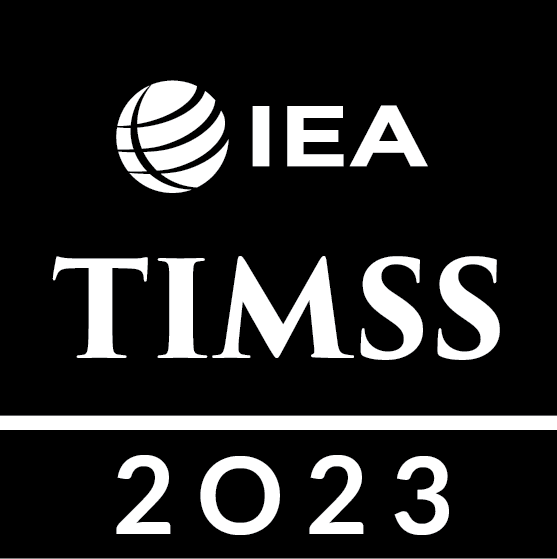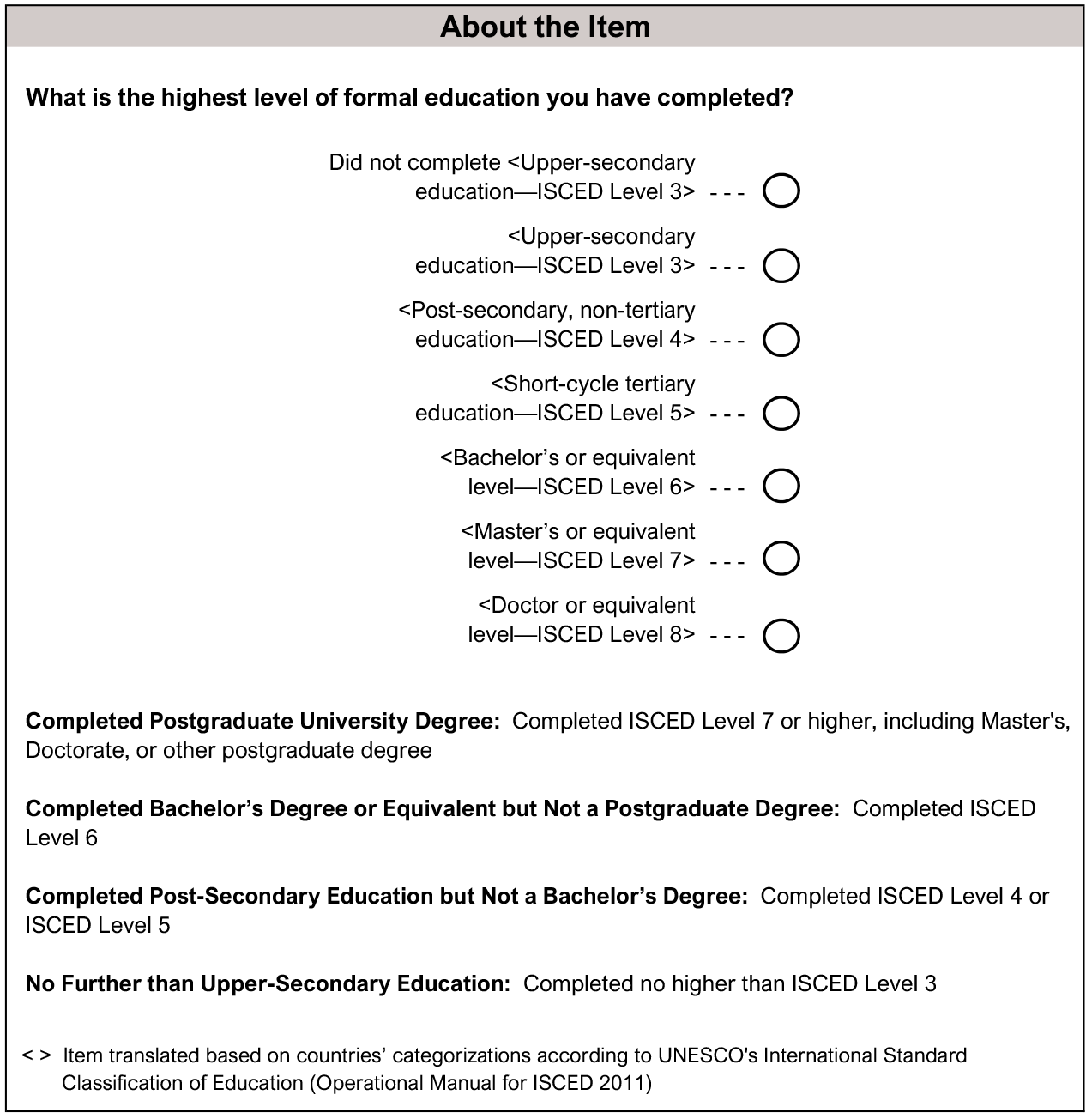Exhibit 5.1.2: Teachers’ Formal Education – Teachers’ Reports
Classroom Environment
Teachers’ Formal Education
Internationally, a large majority of fourth- and eighth-grade students were taught mathematics and science by teachers who completed at least a bachelor’s or equivalent degree. However, there is variation in this across countries, as teachers’ attained credentials are related to country-level policies. More information about this can be found in the TIMSS 2023 Encyclopedia. The TIMSS 2023 Teacher Questionnaire collected information about teachers’ education qualifications (Exhibit 5.1.1). These are reported in four categories: completed postgraduate university degree, completed a bachelor’s degree or equivalent, completed post-secondary education but not a bachelor’s degree, or completed no further than upper-secondary education.
Internationally, on average, 33 percent of fourth-grade students had mathematics teachers with a postgraduate university degree, 58 percent had teachers with a bachelor’s degree, 6 percent had teachers who had completed post-secondary education, and 3 percent had teachers who completed upper-secondary education (Exhibit 5.1.2). There is a great degree of variation in these percentages across countries. For example, seven countries had 90 percent or more of students with mathematics teachers having a bachelor’s or equivalent degree, while seven additional countries had fewer than 10 percent of students with mathematics teachers having this as their highest level of education. The results are very similar for fourth-grade students’ science teachers, who may be the same individuals as students’ mathematics teachers, depending on how a country organizes fourth-grade instruction. On average, 34 percent of fourth-grade students had science teachers with a postgraduate university degree, 58 percent had teachers with a bachelor’s degree, 6 percent had teachers with some post‑secondary education, and 3 percent had teachers who completed upper-secondary education (Exhibit 5.1.3). As with mathematics, there is considerable variation in these percentages across countries. Seven countries had 90 percent or more of students with teachers having a bachelor’s degree or equivalent and seven additional countries had fewer than 10 percent of students with mathematics teachers having this as their highest level of education.
The eighth-grade results also show considerable variation across countries for both subjects. On average, 39 percent of eighth-grade students had mathematics teachers with a postgraduate university degree and 57 percent had mathematics teachers with a bachelor’s degree (Exhibit 5.1.4). Ten countries had 80 percent or more of students with mathematics teachers who completed a bachelor’s or equivalent degree and three countries had fewer than 10 percent of students with mathematics teachers having this as their highest level of education. Forty-one percent of students had science teachers with a postgraduate university degree, and 56 percent had science teachers with a bachelor’s degree (Exhibit 5.1.5). Eleven countries had 80 percent or more of students with science teachers having a bachelor’s degree or equivalent and four countries had fewer than 10 percent of students with teachers having this as their highest level of education.

